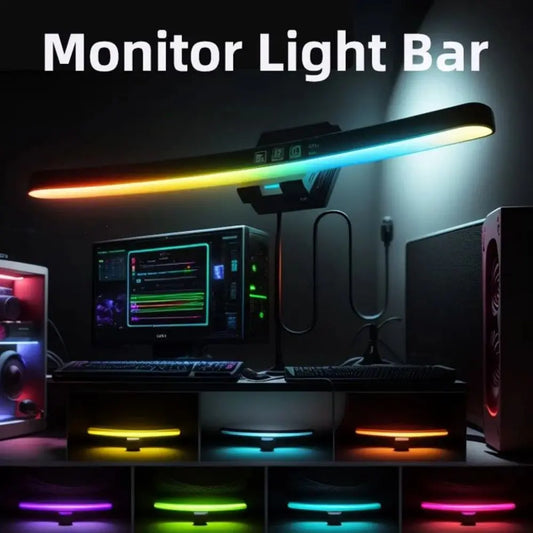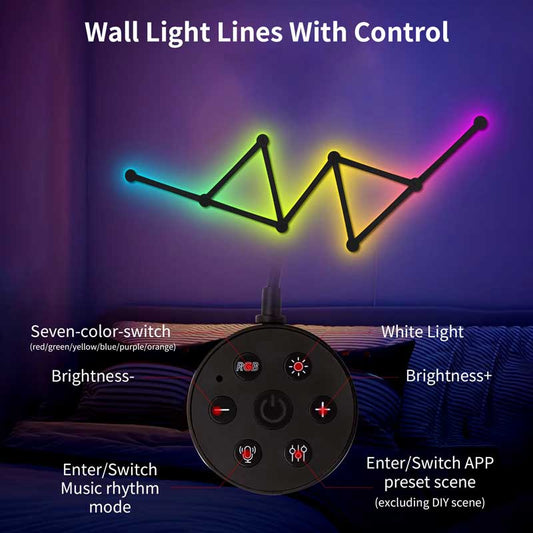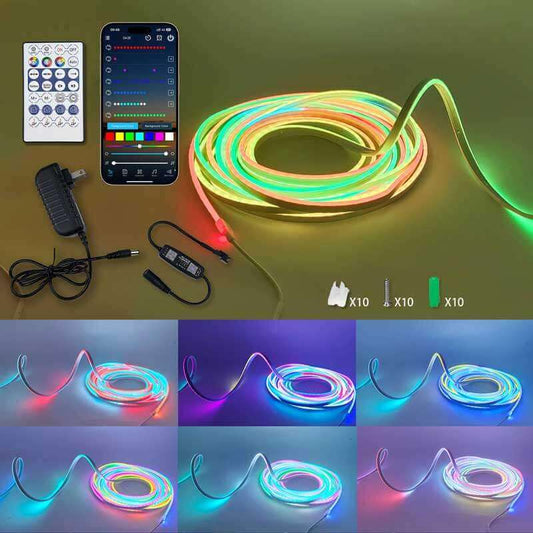What Are PS1 Controllers Called?
Partager
The PlayStation 1 (PS1) revolutionized the gaming world when it was released by Sony in 1994, bringing with it some groundbreaking innovations in both hardware and gameplay. As with any new gaming console, a key component of the experience was the controller, and Sony made sure that the PS1 controller was both functional and comfortable for a wide range of gamers.
But what exactly were these controllers called, and how did they evolve over time? Let’s dive into the history and features of the PS1 controller, and explore how it laid the foundation for the iconic PlayStation controller designs that would follow.
The Original PS1 Controller: The "PS One Controller"
The first PlayStation console (PS1) originally came with a standard controller that many gamers today simply refer to as the PS1 controller. Released in 1994, this controller had a simple but effective design:
- Shape: It featured a somewhat boxy design with the standard D-pad (directional pad), A, B, X, Y buttons, and shoulder buttons on the top.
- Analog: The early versions of the PS1 controller did not have any analog sticks or vibration feedback. The controller was mainly focused on providing basic controls for players.
This controller, despite its simple design, was responsible for delivering games with a great degree of precision that many people still fondly remember.
The Introduction of the DualShock Controller
In 1997, Sony introduced a major improvement to their controller design with the release of the DualShock controller. This was a game-changer for PlayStation fans and gaming in general, as it added dual analog sticks and vibration feedback, two features that would become standard in future consoles.
The DualShock controller was named so because of its dual motors that provided vibration feedback, enhancing the gaming experience by allowing players to feel the action in their hands. This was especially important for games that featured intense action or explosions, where the vibrations made the experience more immersive.
Here’s a breakdown of its key features:
- Dual Analog Sticks: The addition of two analog sticks allowed for more precise control in 3D games, enabling smoother movements and more dynamic interactions with the in-game world. It was a big leap forward, especially for 3D platformers like Crash Bandicoot or Spyro the Dragon.
- Vibration Feedback: As mentioned, the DualShock featured built-in motors that vibrated during gameplay, simulating in-game events like impacts, crashes, or explosions, which further connected players to the game.
- Improved Ergonomics: With the new analog sticks, the controller was designed with an improved, more comfortable layout, including curved edges and a more symmetrical feel, making it easier to hold for longer gaming sessions.
The DualShock controller would go on to become one of the most iconic controllers in gaming history and is often credited as the inspiration for many future PlayStation controllers.
The PS1 Controller Evolution
Although the DualShock controller was by far the most popular, Sony did release a few variations of the PS1 controller, including the PS One controller:
-
PS One Controller (1999): As PlayStation consoles became smaller, Sony released the PS One, a compact version of the original PlayStation console. To match the new design, Sony released a smaller version of the DualShock controller called the PS One controller. It kept the same features as the original DualShock, but was more compact and portable, making it a convenient option for on-the-go gaming.
-
The Dual Analog Controller (1996): Prior to the DualShock controller, Sony briefly released a controller called the Dual Analog Controller. This was a prototype for the DualShock and featured two analog sticks but lacked vibration feedback. Though not widely recognized, it laid the groundwork for the innovations that would follow.
What Made the PS1 Controllers So Special?
The PS1 controllers were remarkable because of their intuitive design and the changes Sony made to enhance the gaming experience. Some of the standout features included:
-
Ergonomics: The PS1 controller was one of the first to prioritize comfort, with its design fitting comfortably in most hands. This would later become the standard for all PlayStation controllers.
-
Durability: PS1 controllers were tough and resilient, with most of them standing the test of time, even as they aged. Despite the controller’s basic design, it was built to last, which made it a favorite for many gamers.
-
Innovative Features: When Sony introduced the DualShock, it made a huge impact on gaming. The addition of the dual analog sticks made games like Gran Turismo and Tomb Raider more immersive and gave players better control. The vibration feedback added a whole new level of interaction, which was later copied by other manufacturers.
-
Wide Compatibility: While many early controllers were designed for specific consoles, PS1 controllers were compatible with a variety of PlayStation titles, giving players the flexibility to use the same controller for all games.
Legacy of the PS1 Controller
The legacy of the PS1 controller can be seen today in modern PlayStation controllers like the DualSense for PS5. From its symmetrical design and comfortable grip to the incorporation of analog sticks and vibration feedback, the PS1 controller set the tone for the next generation of consoles. Even though it may seem a bit outdated today, the PS1 controller was a pivotal part of gaming history.
The DualShock controller remains one of the most influential gaming controllers in the industry, and it's largely because of its innovations in ergonomics, control precision, and vibration feedback. These features are now standard in all modern controllers, but it all started with the humble beginnings of the PS1 controller.
Conclusion
In the world of gaming controllers, the PS1 controller and its DualShock successor hold a special place in the hearts of gamers. Whether you played the original PlayStation or discovered it later through retro collections, the innovations that Sony introduced with these controllers continue to influence gaming technology today. From the early days of analog sticks and vibration to the ergonomic designs that came later, the PS1 controllers paved the way for modern-day gaming.
If you’re a fan of retro gaming, picking up a PS1 controller or its DualShock version is an essential part of experiencing the legacy of PlayStation. Whether you're replaying classic titles or just appreciating the history, these controllers are a testament to the evolution of video game design.




